Top 5 Essential Nutrients for Dairy Cows: A Guide to Optimal Health and Milk Production
Dairy cows require a balanced and nutrient-rich diet to maintain their health, support reproduction, and maximize milk production.
No products in the cart.

Dairy cows require a balanced and nutrient-rich diet to maintain their health, support reproduction, and maximize milk production.

Maintaining a longer lactation period in dairy cows is key to maximizing milk production while ensuring cow health and farm profitability.

Feed intake is a crucial determinant of productivity, health, and reproductive efficiency in dairy cattle. Ensuring optimal nutrition during early lactation is particularly important for maintaining milk yield, body condition, and overall cow health.
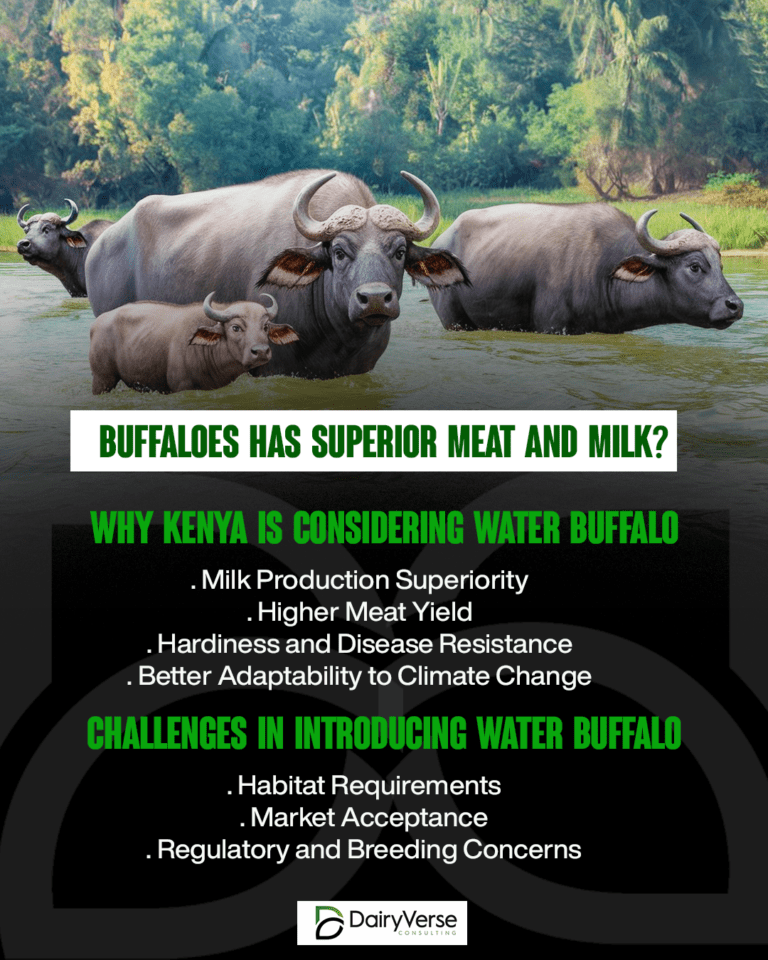
Water buffalo milk is rich in butterfat (7-8%) compared to cow’s milk (3-4%), making it ideal for producing dairy products like cheese, yogurt, and ghee.
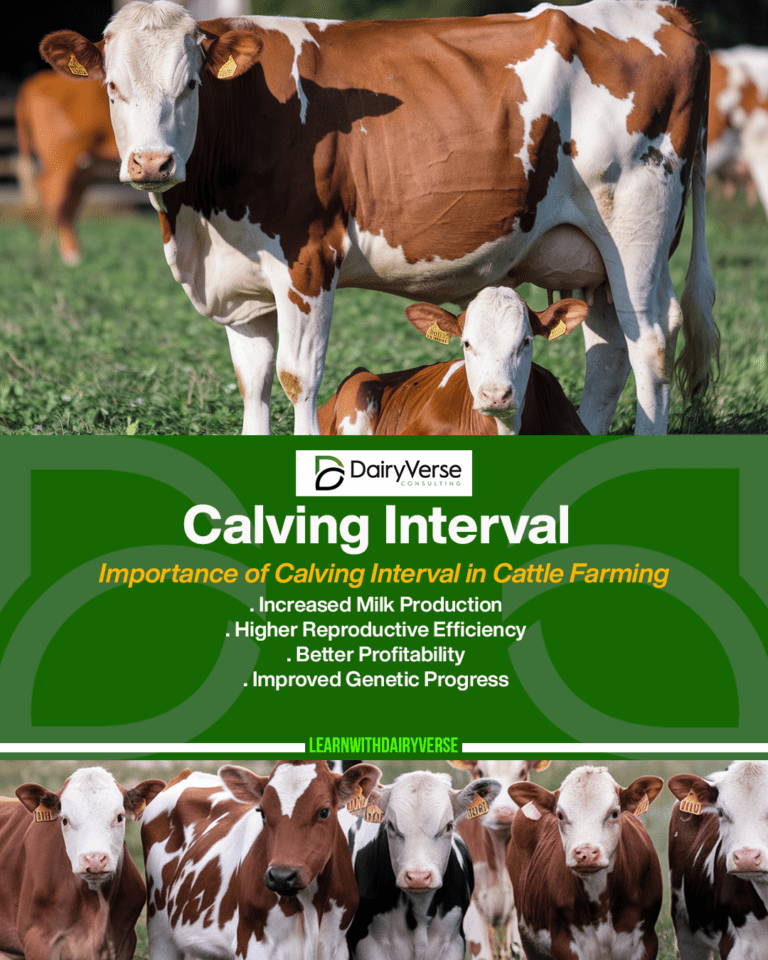
The calving interval is a crucial factor in cattle farming, influencing both productivity and profitability. It refers to the period between the birth of one calf and the subsequent birth of the next calf from the same cow.
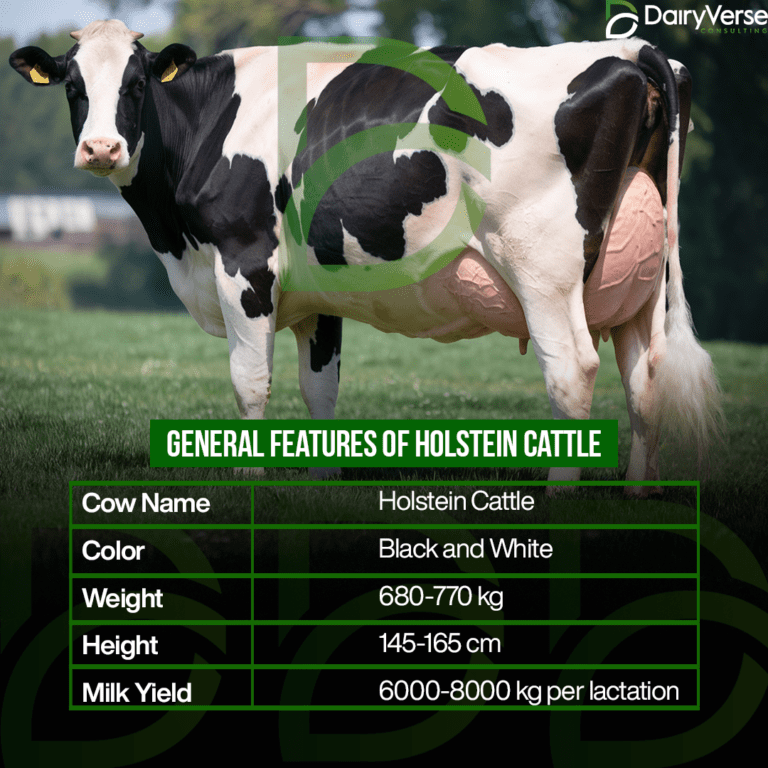
Holstein cattle are among the most recognizable and productive dairy breeds in the world. Known for their distinctive black and white markings, these cows are prized for their exceptional milk production, making them a preferred choice for dairy farmers globally.
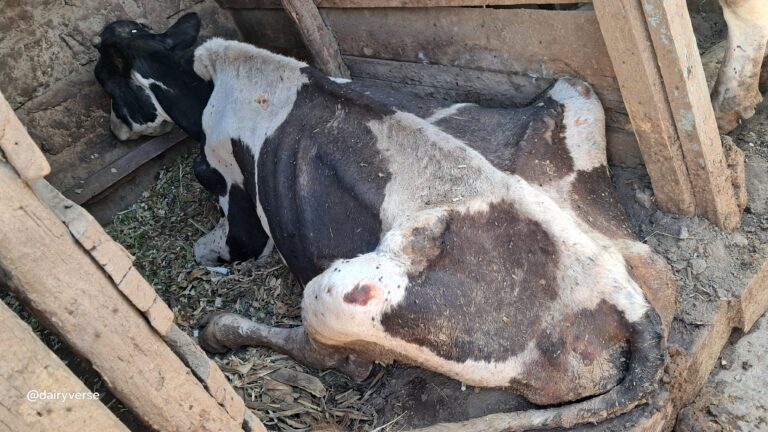
Milk fever, ketosis and low milk yield in recent calvers is preventable!

Prepartum cows, or cows in the final stage of pregnancy, require a well-balanced diet to ensure a smooth transition into lactation and to prevent metabolic disorders.
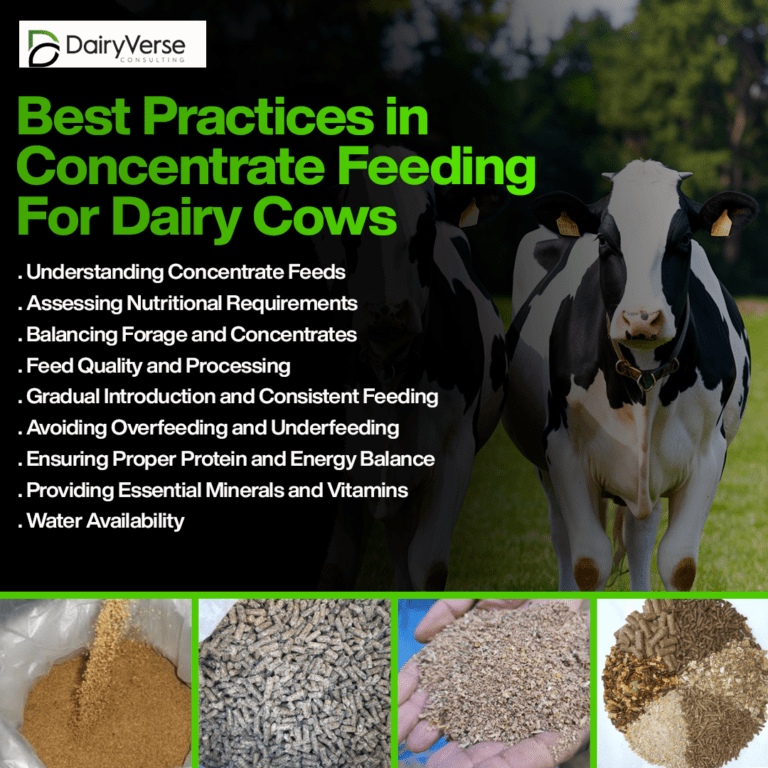
Proper concentrate feeding is crucial in dairy farming, as it directly impacts milk production, cow health, and overall farm profitability.
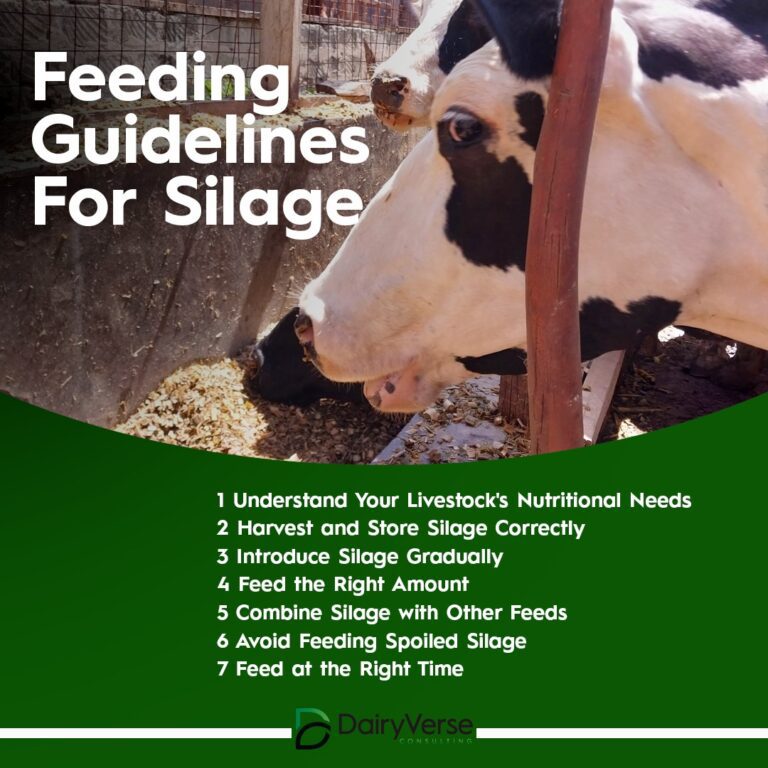
Silage is an essential feed source for livestock, offering a cost-effective and nutritious alternative during periods of feed scarcity.